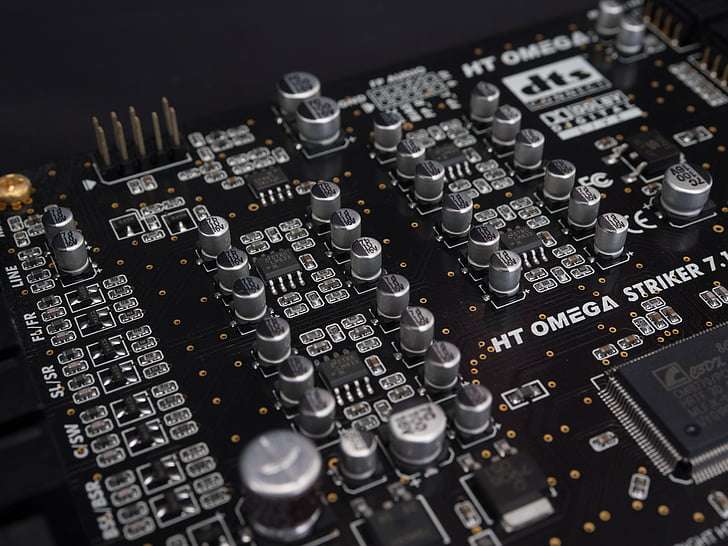Remote Control Drone With Camera
Remote control drones with cameras have gained immense popularity in recent years. These drones are equipped with high-resolution cameras that allow users to capture stunning aerial photos and videos. They offer a whole new perspective and have revolutionized various industries such as photography, filmmaking, surveillance, and even recreational activities. In this article, we will address five significant questions related to remote control drones with cameras and provide detailed answers.
1. How does a remote control drone with a camera work?
Remote control drones with cameras are operated through a remote controller. They typically consist of four rotors that allow them to take off, fly, and land. The camera is mounted on a gimbal, providing stability and smooth video footage. Users can control the drone's movement, altitude, and camera angle using the remote controller, providing a live feed from the camera to a dedicated mobile app or a monitor.

2. What are the key features of remote control drones with cameras?
Modern remote control drones with cameras come with a range of impressive features. These include GPS navigation, obstacle detection and avoidance, intelligent flight modes such as follow-me mode, auto return-to-home, and even subject tracking. Many drones offer the capability of transmitting live video feed directly to smartphones or tablets, allowing users to monitor the footage in real-time. Additionally, some drones have advanced stabilization systems and high-resolution cameras capable of capturing professional-quality images and videos.
3. What are the applications of remote control drones with cameras?
Remote control drones with cameras have numerous applications across various industries. In the field of photography and filmmaking, they provide a cost-effective and efficient way to capture stunning aerial shots. Real estate agents can utilize them to showcase properties from unique angles. Emergency services can use drones to survey disaster areas and aid in search and rescue operations. In the agricultural sector, drones with specialized cameras can monitor crop health and assist in precision farming. Additionally, drone racing and recreational flying have become popular hobbies for enthusiasts.
4. What are the regulations and safety considerations for using remote control drones with cameras?
The use of remote control drones with cameras is subject to regulations imposed by aviation authorities in different countries. These regulations usually include guidelines on where and when drones can be flown, restrictions on flying near airports or crowded areas, and the need for a pilot's license for commercial operations. Safety considerations are vital to prevent accidents. Users should always fly drones within their line of sight, avoid flying in adverse weather conditions, and maintain a safe distance from people, buildings, and public spaces.
5. What are the future advancements in remote control drones with cameras?
Remote control drones with cameras continue to advance rapidly. Future drones may incorporate artificial intelligence for autonomous flight, enabling them to perform complex tasks without constant human input. Improved battery life will allow longer flight times, while advancements in camera technology will result in even higher resolution and image quality. Additionally, the integration of virtual reality and live streaming capabilities may offer an immersive experience for users, allowing them to explore distant landscapes or participate in live events from the comfort of their homes.
In conclusion, remote control drones with cameras have revolutionized the way we perceive and capture the world around us. Their functionality, features, and diverse applications make them an essential tool in various industries and an exciting hobby for many enthusiasts. As technology continues to advance, we can expect even more impressive capabilities and possibilities from these unmanned aerial vehicles.
